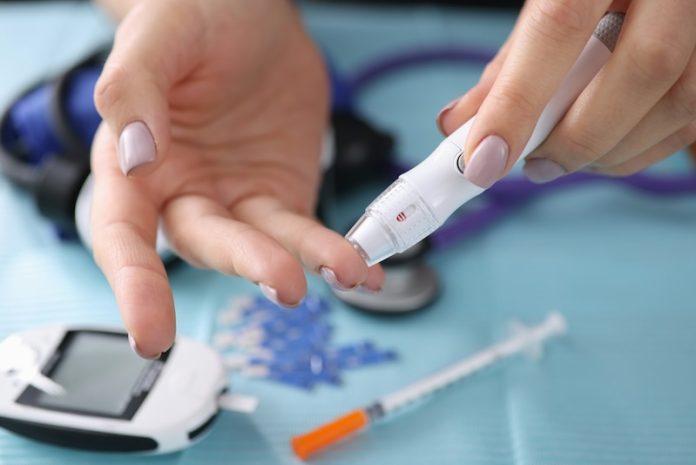
In the world of diabetes, we often hear about Type 1 and Type 2 diabetes, but there’s a lesser-known variant that straddles the line between the two, aptly named Type 1.5 diabetes, or Latent Autoimmune Diabetes in Adults (LADA).
Understanding this middle-ground condition is crucial for those it affects, as it carries characteristics of both Type 1 and Type 2 diabetes, making its management unique.
This article breaks down what Type 1.5 diabetes is, its symptoms, and other essential details.
Type 1.5 diabetes is an autoimmune condition, like Type 1 diabetes, where the body mistakenly attacks the insulin-producing beta cells in the pancreas. However, this attack and the subsequent progression of the disease are slower in Type 1.5 diabetes than in Type 1.
This slower progression means that people with Type 1.5 can often use oral medications in the early stages of the disease, a treatment approach more commonly associated with Type 2 diabetes. This blend of characteristics from both types is why it’s sometimes considered a hybrid form of diabetes.
The “adult” part of its name, Latent Autoimmune Diabetes in Adults, is somewhat misleading.
It suggests that it only occurs in adults, but more accurately, it tends to be diagnosed in individuals over 30. Unlike Type 1 diabetes, which usually appears in childhood or adolescence, the onset of Type 1.5 is typically later in life.
Symptoms of Type 1.5 diabetes can be similar to those seen in Types 1 and 2, including excessive thirst, frequent urination, unexplained weight loss, fatigue, and blurred vision.
However, because its progression is slower, the symptoms can be less pronounced and develop more gradually. This subtlety often leads to misdiagnosis as Type 2 diabetes, especially if the individual is over 30 and not immediately requiring insulin.
Research on Type 1.5 diabetes has revealed that genetic markers and autoimmune antibodies common in Type 1 diabetes are also present in those with LADA.
For instance, individuals with Type 1.5 diabetes have antibodies against glutamic acid decarboxylase (GAD), an enzyme in the beta cells of the pancreas.
Testing for these antibodies can help differentiate Type 1.5 from Type 2 diabetes, ensuring more accurate diagnosis and management strategies.
The management of Type 1.5 diabetes typically starts with lifestyle changes and oral medications to help control blood sugar levels. However, as the disease progresses and beta-cell function declines, most people will eventually require insulin to manage their blood sugar levels.
The need for insulin might come years after the initial diagnosis, differentiating it from the immediate need in Type 1 diabetes.
One of the challenges with Type 1.5 diabetes is its recognition and diagnosis. Many healthcare providers may not be fully aware of its existence or its characteristics, leading to misdiagnosis or delayed treatment.
This lack of awareness can result in suboptimal management and control of blood sugar levels, increasing the risk of diabetes-related complications.
In conclusion, Type 1.5 diabetes occupies a unique position in the spectrum of diabetes, blending features of both Type 1 and Type 2. Awareness and understanding of this condition are essential for timely and appropriate treatment.
Recognizing the symptoms and seeking a proper diagnosis can help manage this condition effectively, allowing individuals with Type 1.5 diabetes to lead healthy lives.
With ongoing research and increased awareness among both the public and healthcare professionals, the future holds promise for better management and outcomes for those with this middle-ground diabetes.
If you care about diabetes, please read studies about new way to achieve type 2 diabetes remission, and one avocado a day keeps diabetes at bay.
For more information about diabetes, please see recent studies about 5 dangerous signs you have diabetes-related eye disease, and results showing why pomegranate is super fruit for people with diabetes.
Copyright © 2024 Knowridge Science Report. All rights reserved.



